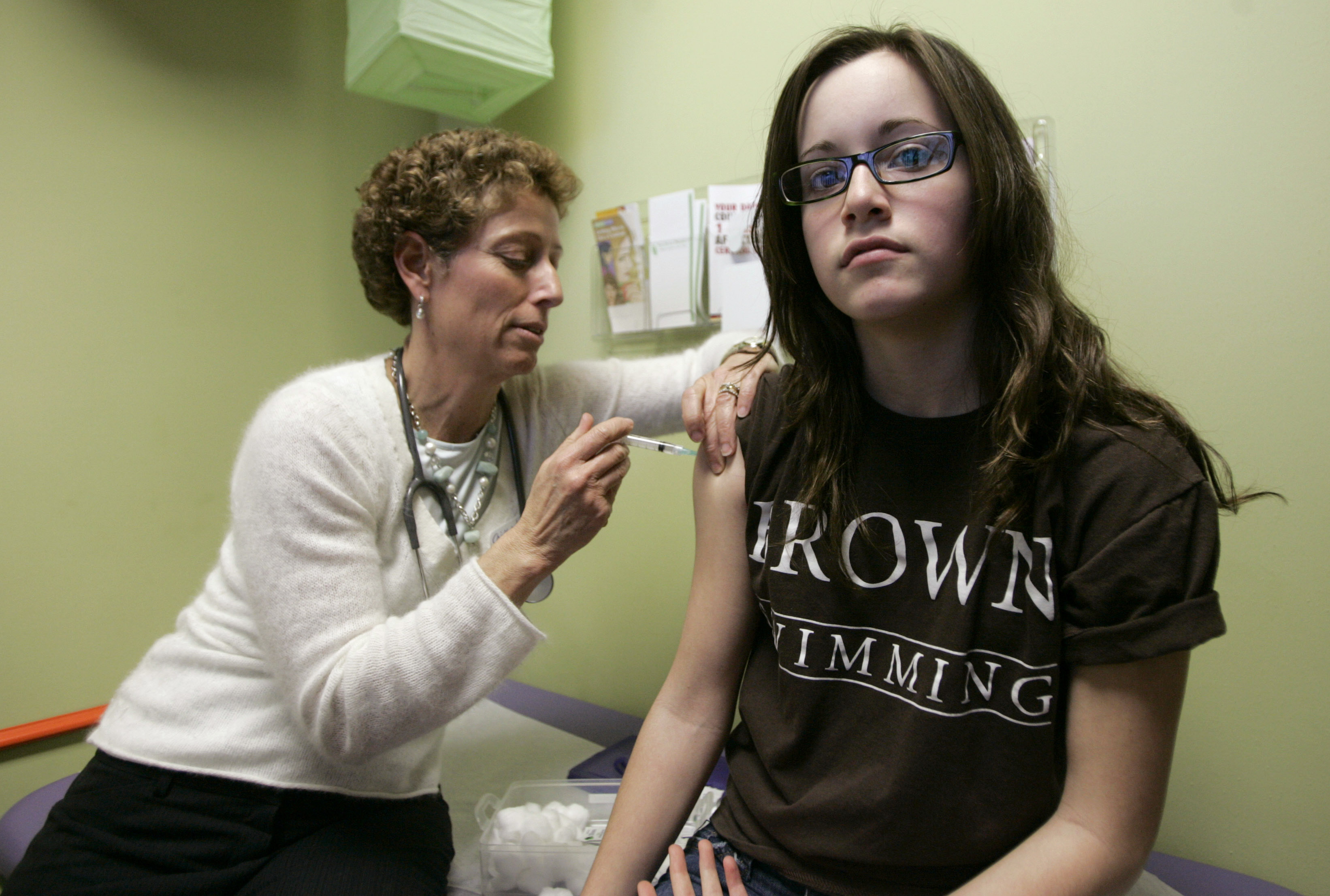South Africa is in the grip of another resurgence of COVID-19. Gauteng province, the country’s economic hub, where 25% of the population live, is the epicenter. But infection rates are expected to rise in other major provinces as well. To ease pressure on the health system and slow the rate of transmission, President Cyril Ramaphosa recently announced tighter lockdown restrictions. Shabir Madhi is the director of the South African Medical Research Council Vaccines and Infectious Diseases Analytics Research Unit and co-founder and co-director of the African Leadership Initiative for Vaccinology Expertise at the University of the Witwatersrand. He spoke to The Conversation Africa to shed some light on South Africa’s situation.
How bad is the situation?
Based on the limited sequencing that’s been done, it appears that the Delta variant has emerged as the dominant variant in the latest resurgence. According to the latest research, it is much more transmissible and possibly also more virulent compared to previous variants.
The previous COVID-19 resurgence, which peaked in January 2021, was dominated by the Beta variant.
The current resurgence in South Africa differs by province, and even within a particular province. Gauteng, the country’s economic hub and one of nine provinces, is probably two to three weeks ahead of what will likely be experienced particularly in the Western Cape, Eastern Cape and Kwazulu Natal provinces.
In Gauteng the data show that the daily rate of COVID-19 infections in the current wave is two and a half times higher than at the peak of the first or second wave. Unfortunately, President Cyril Ramaphosa’s announcement on Sunday of stricter lockdown measures is unlikely to stop the trend.
We are likely to see many more COVID-19 cases being hospitalised as well as people dying from COVID-19 in the next two to three weeks in Gauteng. This is because severe disease usually lags behind infections in the community by about two to three weeks.
But, looking at the trajectory of the outbreak in India, we can expect the number of cases to start gradually decreasing after that.
To a large extent it depends on whether people adhere to the regulations, particularly avoiding indoor gatherings in poorly ventilated spaces and ensuring they wear face masks when indoors or in crowded spaces.
What is your biggest concern?
We’ve simply failed the people of South Africa by not ensuring that they were timeously vaccinated. The vaccine programme that’s under way has struggled to meet even the revised targets set by the National Department of Health. To date, under 5% of South Africans have been vaccinated, including less than one-third of those older than 60 years who were targeted to be vaccinated by the end of June 2021.
Constraints in supply of vaccines have obviously been a challenge. Countries like South Africa have been unable to gain access to adequate numbers of COVID-19 vaccines. This has been due to the inequitable distribution of vaccines around the world.
These failures, however, also speak partly to lack of planning. South Africa didn’t engage early enough with pharmaceutical companies in bilateral discussions to ensure it could get vaccines early. It only started earnestly engaging with companies in January this year. This simply put it at the back of the queue.
But equally important have been the impediments in allowing easy access and inadequate community mobilisation, particularly of the targeted high-risk groups. This has held back the rapid scaling-up of vaccination.
Had we vaccinated high risk individuals above the age of 60, as well as others with other comorbidities before the onset of the current resurgence, the number of people being admitted to hospital, and the number of people dying, would have been reduced significantly.
That’s been the biggest disappointment.
There were a series of other miscalculations too.
One was around deployment of vaccines. People were asked to register on the electronic vaccination data system, an online portal to manage the COVID-19 vaccine rollout. All this did was exacerbate the inequity that exists in the country when it comes to healthcare. The demographics of those who have been vaccinated indicate that people on medical aid schemes (and likely from higher socio-economic groups) are more likely to have been vaccinated. This comes as little surprise considering their greater ability to register on the electronic data system, as well as more opportunities to be vaccinated in private and public facilities.
The system looked good on paper. But it is simply not doing what it was intended to do – to get as many people vaccinated as possible.
Furthermore, it appears that less than two thirds of the COVID-19 vaccines that had arrived in the country by mid-June have been used. Since then a few million more have reportedly landed.
This tells us that the country simply hasn’t sorted out the logistics to ensure that it can get vaccines into the arms of people as quickly as possible.
Another major setback was the debacle around the AstraZeneca vaccine. In January a South African study – which I led – showed that the vaccine didn’t protect against mild or moderate COVID-19 due to the Beta variant.
The World Health Organisation (WHO) looked at all the available data following the study, and recommended that even countries such as South Africa where the Beta variant was dominant should continue using the AstraZeneca vaccine because it was likely to protect against severe disease due to the Beta variant.
But a decision was taken by the government to ignore the WHO guidance.
The result was that South Africa chose to sell the 1.5 million doses it had secured from the Serum Institute of India to other countries through the African Union.
Six months later there’s even more evidence that the AstraZeneca vaccine would probably protect against severe COVID-19 due to the Beta variant and works extremely well against the Delta variant.
The study that showed that the vaccine didn’t protect against mild to moderate COVID-19 due to the Beta variant didn’t mean that the vaccine wouldn’t necessarily protect against severe COVID-19 due to the Beta variant. Which is why the WHO made its recommendation – a view I supported. The government’s decision dramatically set back the country’s vaccination programme.
As it happens, the effectiveness of the AstraZeneca vaccine against the Delta variant for hospitalisation is 75% after the first dose – and 92% after the second dose.
What should be done?
We need to ensure that we get as many people vaccinated as quickly as possible.
In my view we shouldn’t be trying to focus on getting a second dose of the Pfizer vaccine into people who have already received a single dose. We need to ensure that we get as many people as possible above the age of 60, and those above the age of 40 with underlying medical conditions, vaccinated.
A single dose of the Pfizer vaccine has been shown to have more than 90% protection against hospitalisation due to the Delta variant. With two doses of the Pfizer vaccine that goes up to 96%.
And we need to ensure that we use the 4 million doses of vaccine the country has in the space of the next two weeks, and not two months. That is what we need to focus on. Unfortunately, the rollout of COVID-19 vaccines is already too late to reduce hospitalisation and death due to the current resurgence in Gauteng, but could still be useful for those provinces that are at an earlier stage of the current resurgence.
Shabir A. Madhi, Professor of Vaccinology and Director of the SAMRC Vaccines and Infectious Diseases Analytical Research Unit, University of the Witwatersrand
This article is republished from The Conversation under a Creative Commons license. Read the original article.
















